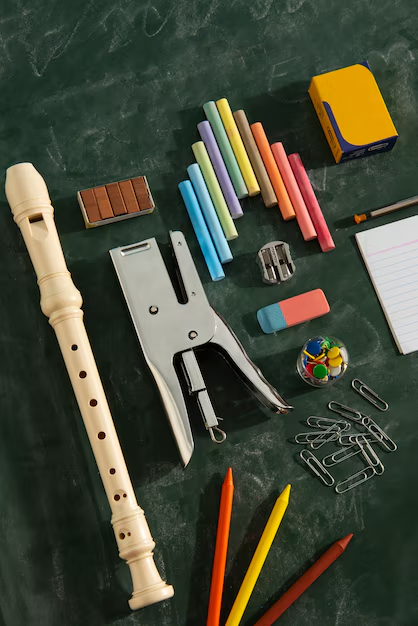
Introduction
- Overview of the importance of classroom management
- The impact of effective management on student learning and behavior
- Purpose of the article: to provide a comprehensive toolkit for educators
Section 1: Understanding Classroom Management
- Definition of classroom management
- Key components: organization, discipline, and engagement
- The role of classroom management in creating a positive learning environment
Section 2: Essential Strategies for Effective Classroom Management
- 2.1 Establishing Clear Expectations
- Importance of setting rules and procedures
- Tips for communicating expectations effectively
- 2.2 Building Relationships with Students
- Strategies for fostering positive teacher-student relationships
- The impact of relationships on classroom climate
- 2.3 Implementing Consistent Routines
- Benefits of routine for students
- Examples of effective daily routines and transitions
- 2.4 Proactive Classroom Management
- Techniques for preventing misbehavior before it occurs
- Strategies for maintaining engagement and attention
- 2.5 Responsive Classroom Techniques
- Overview of responsive classroom practices
- How to adjust strategies based on student needs and behaviors
Section 3: Essential Resources for Teachers
- 3.1 Classroom Management Books and Guides
- Recommendations for foundational texts and current literature
- 3.2 Online Tools and Apps
- Digital resources for tracking behavior and classroom activities
- Tools for organizing lesson plans and communication
- 3.3 Professional Development Opportunities
- Workshops, webinars, and courses focused on classroom management
Section 4: Techniques for Handling Challenging Situations
- 4.1 De-escalation Strategies
- Techniques for calming disruptive behavior
- Importance of empathy and understanding in conflict resolution
- 4.2 Individualized Approaches for Diverse Learners
- Strategies for supporting students with different needs
- Importance of differentiation and flexibility
- 4.3 Engaging Families and Communities
- Importance of communication with parents and guardians
- Strategies for building partnerships with families to support student success
Section 5: Reflecting on and Improving Your Practice
- Importance of self-reflection in teaching
- Tools and methods for assessing your classroom management effectiveness
- Setting goals for professional growth and improvement
Conclusion
In summary, effective classroom management is vital for creating a learning environment where students feel safe, engaged, and motivated to succeed. The strategies and resources outlined in this comprehensive toolkit serve as a foundation for educators looking to enhance their classroom management practices. By establishing clear expectations, building strong relationships, and implementing consistent routines, teachers can foster a positive atmosphere that supports all learners.
Additionally, being proactive in addressing challenges and employing responsive techniques can help educators navigate the complexities of the classroom. Engaging families and reflecting on one’s own practices further enriches this process, ensuring that classroom management evolves in tandem with the needs of students.
As you develop your own toolkit, remember that effective classroom management is not a destination but a continuous journey. Embrace the strategies that resonate with you, seek out new resources, and share your insights with fellow educators. Together, we can create thriving classroom environments that inspire and empower every student to reach their full potential.
